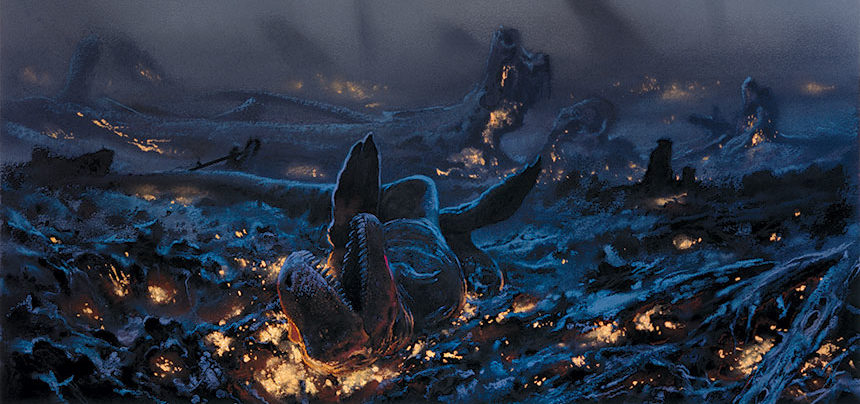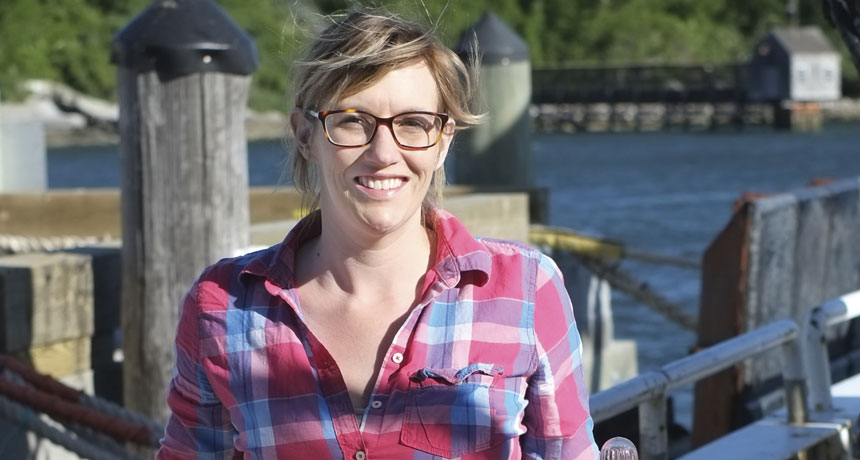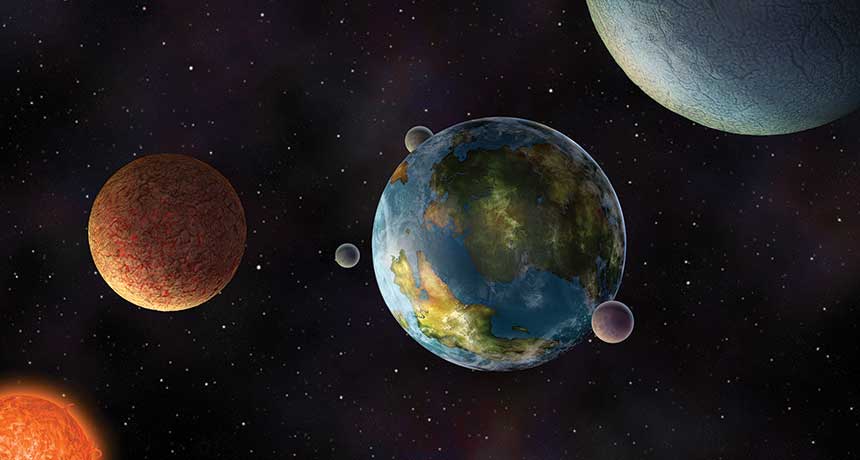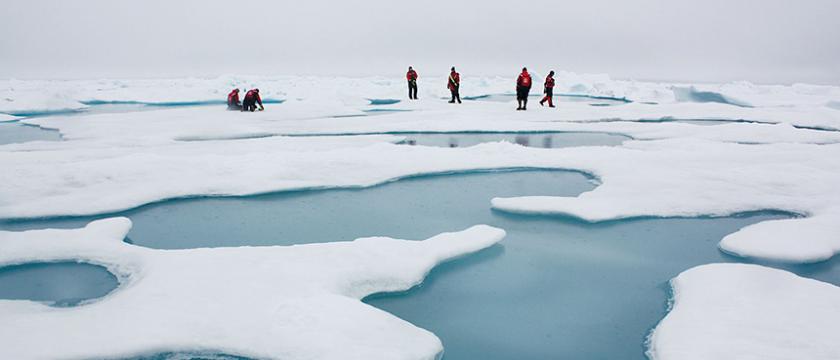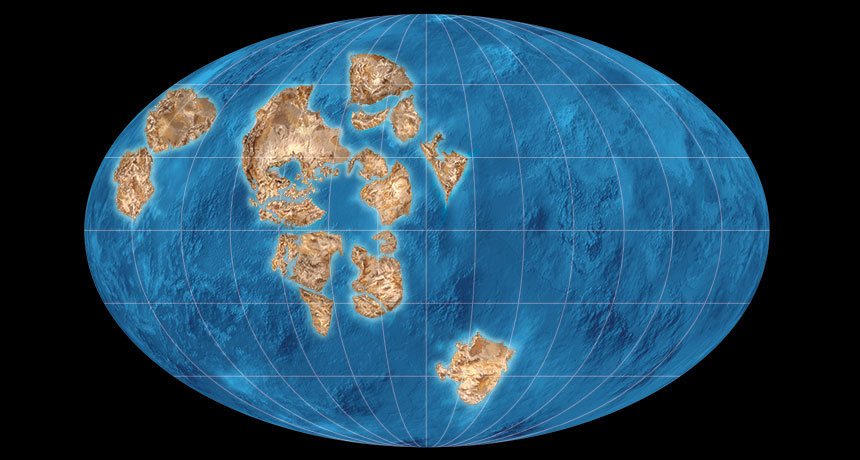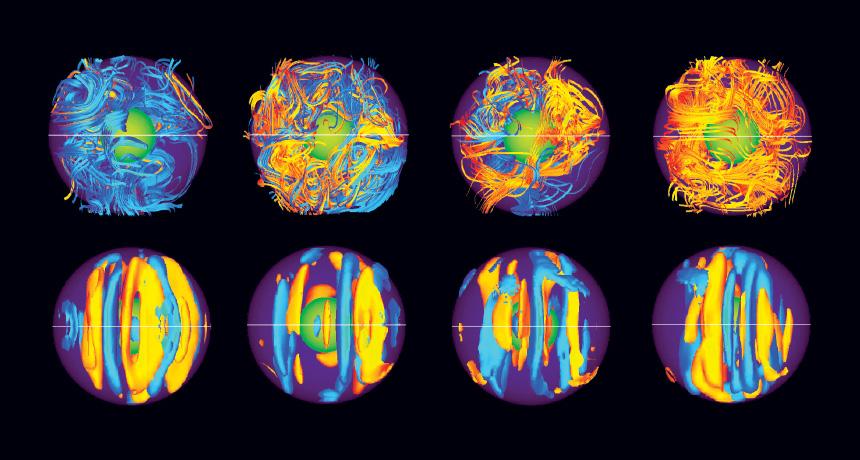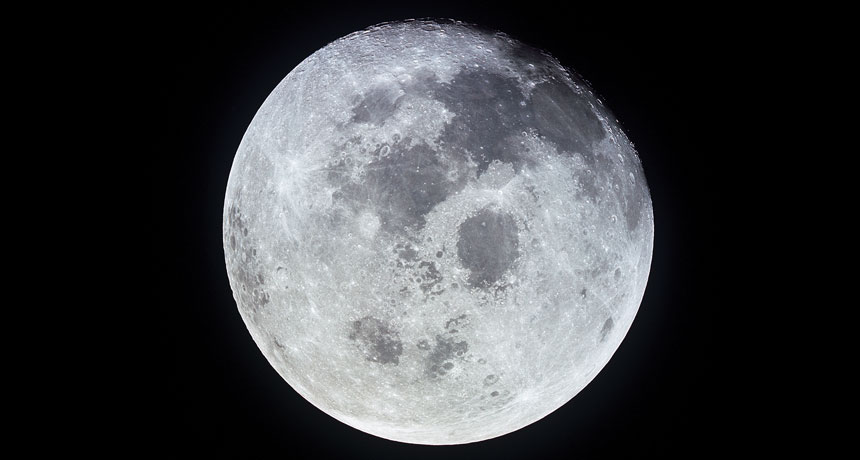
Competing ideas abound for how Earth got its moon
Science News, April 2017The moon’s origin story does not add up. Most scientists think that the moon formed in the earliest days of the solar system, around 4.5 billion years ago, when a Mars-sized protoplanet called Theia whacked into the young Earth. The collision sent debris from both worlds hurling into orbit, where the rubble eventually mingled and combined to form the moon.
Feature article on the mysteries surrounding the moon's formation. Adapted for Science News for Students.
